We Toured the New Lodge Cast Iron Museum. Here's Why It's Worth a Visit
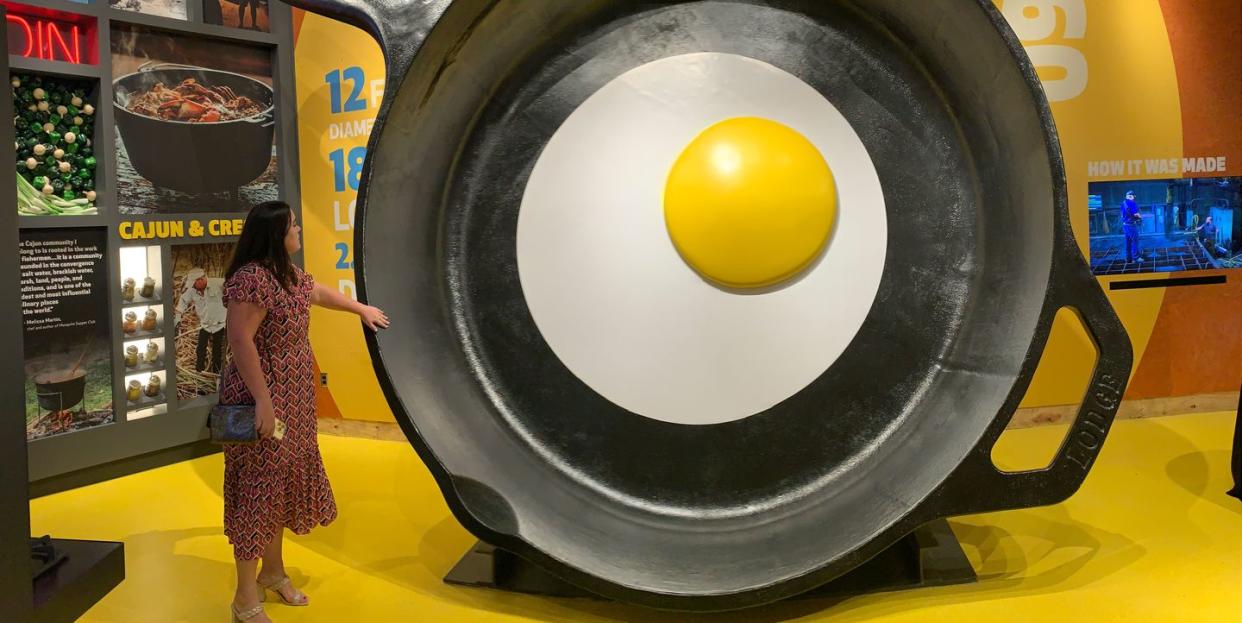
As you might guess, we're big fans of cast-iron cookware. From skillets, to Dutch ovens, to cornbread pans and more, cast iron is our go-to choice when cooking. And it's not just us: Country cooks around the, er, country, depend on the (mostly) inexpensive, always durable, incredibly versatile cookware for making all kinds of meals from seared steaks to hearty stews, to scrambled eggs.
If you have a piece of cast iron in your own kitchen, whether you bought it brand new or inherited it, there's a better-than-even chance it has one name in particular etched somewhere on it: Lodge.
The storied cookware company has been fashioning affordable cast-iron pans in their South Pittsburg Tennessee factory pretty much continuously since it was founded — by Joseph Lodge, in 1896. And to celebrate both their history, and America's history with skillets and other cookware, Lodge has created a delightful new attraction at their factory store: A museum celebrating the history of cast-iron cookware.
The museum was built in collaboration with the Southern Foodways Alliance (a nonprofit organization dedicated to exploring and preserving food culture in the American South), and it's divided up into three main parts.
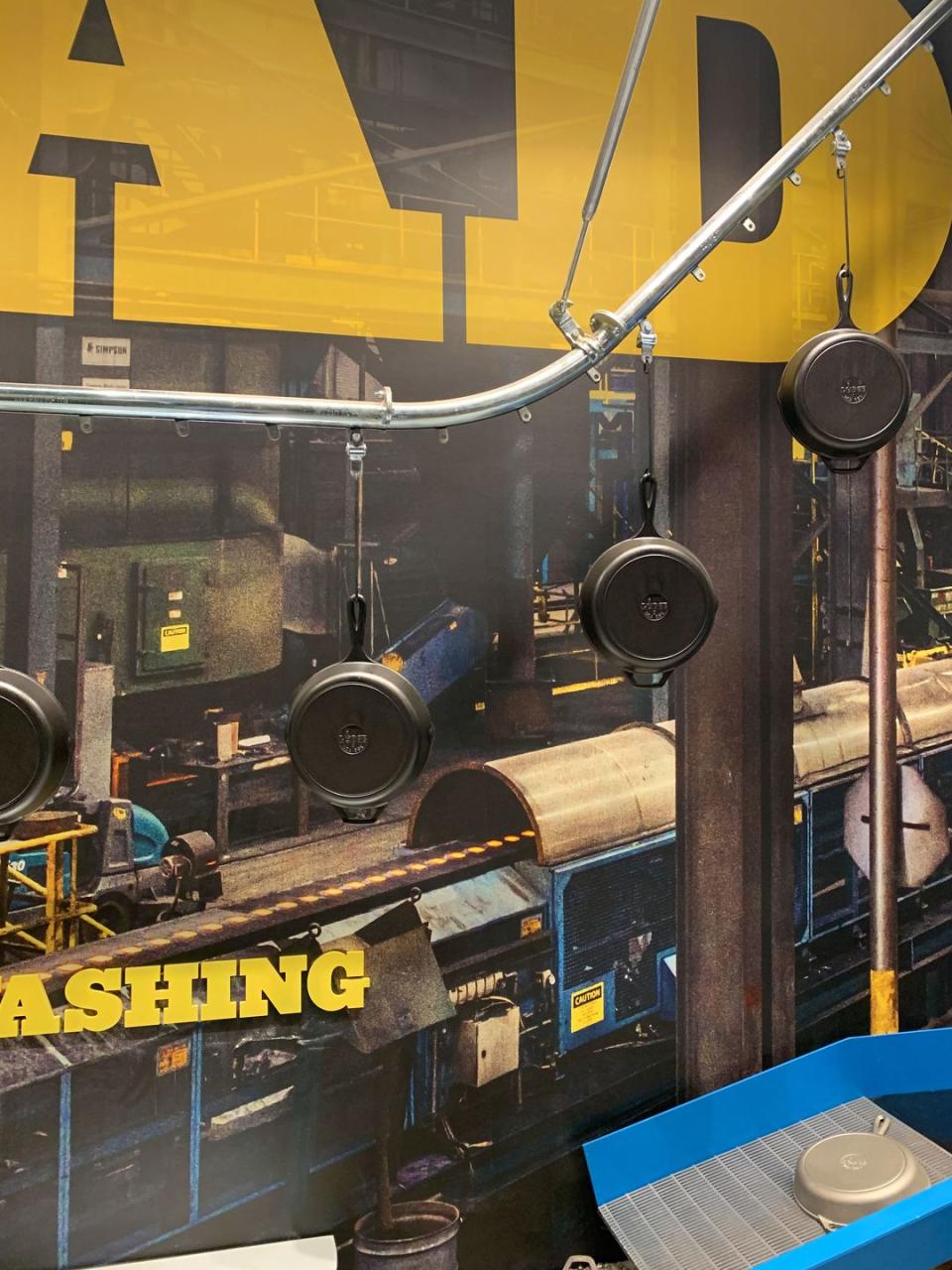
The first set of exhibits takes visitors through the process of making cast-iron cookware, assembling and melting the metals, then preparing the sand molds and pouring molten iron, and finally cleaning and "seasoning" the cookware by coating it with cooking oil and baking it onto the pan.
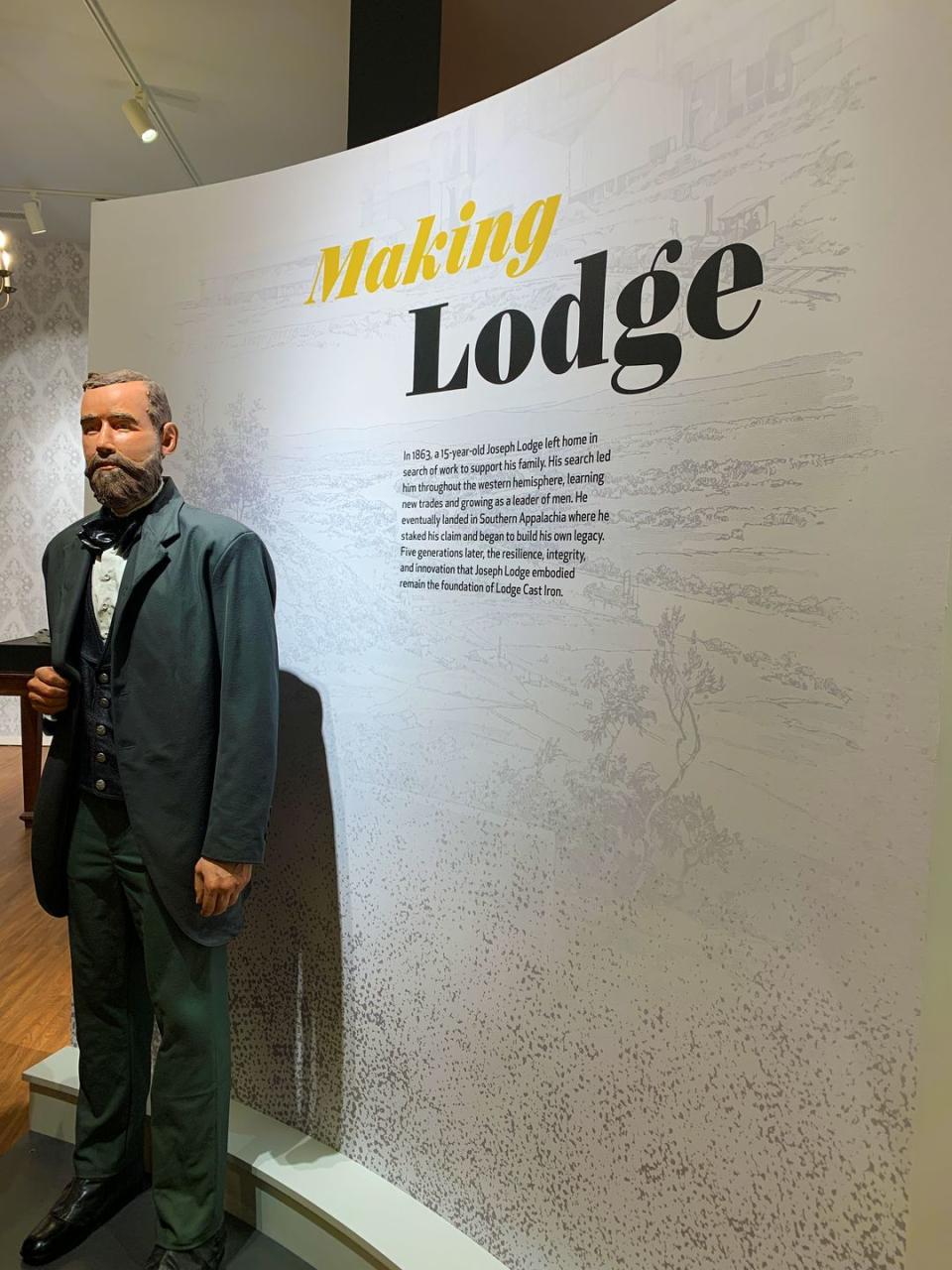
The second set of exhibits explores the history of the company, from its earliest days as a foundry, making products by hand, to surviving the Great Depression, to the modern era of mechanization, and their 2002 innovation of selling seasoned cast iron. (Before that, the company only sold unseasoned iron pans, which had to be laboriously coated in oil and baked before they could be used.)
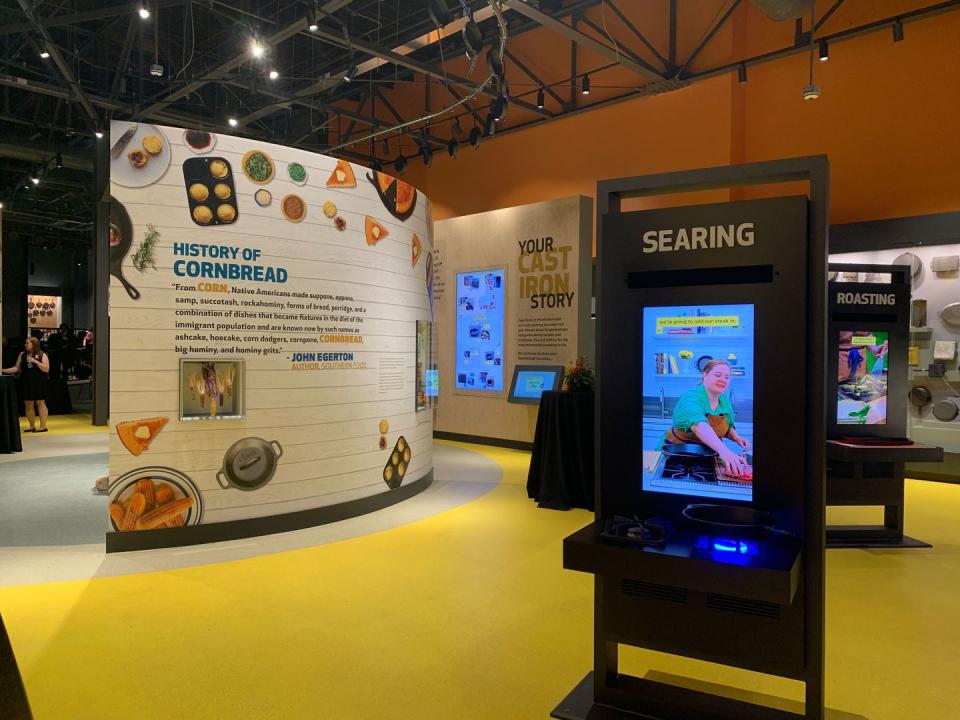
The final section of the museum is dedicated to how the cookware—primarily skillets but also camping stoves, pans, dutch ovens, and more—are used in the home and as part of cooking traditions across America. It's in this section that you truly begin to appreciate the impact that this cookware has had, both in people's individual lives and on the general landscape of American cooking. The country—and its kitchens—wouldn't be the same without it. And in true American tradition, the museum even hosts—at 14,360 pounds—the world's largest cast-iron skillet:
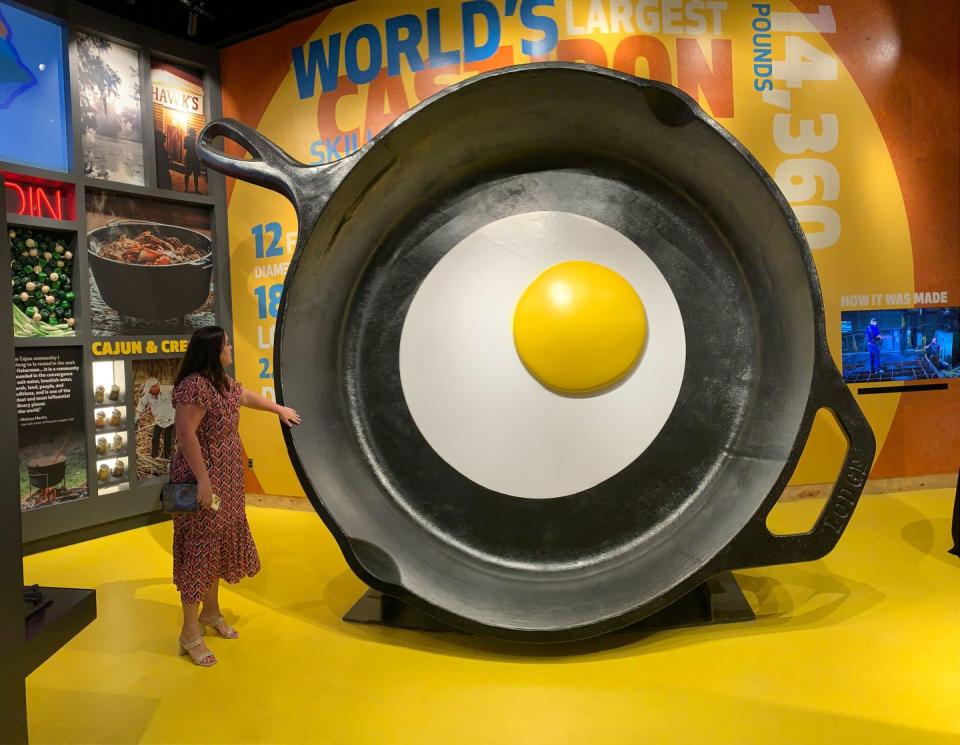
If you're a fan of cooking and anywhere near South Pittsburgh Tennessee, it's well worth a pit stop to visit the Lodge Cast Iron Museum. You can check it out, then get a good deal on a fresh pan in the gift shop!
The museum is open 8 a.m. to 6 p.m. daily. Admission is $10.
You Might Also Like